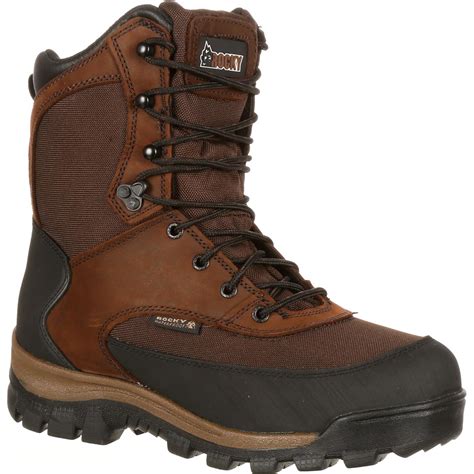5 Kids Shoe Size Tips

When it comes to finding the perfect pair of shoes for your kids, getting the right size is crucial. Ill-fitting shoes can lead to discomfort, pain, and even long-term foot problems. Here are five essential kids’ shoe size tips to ensure your little ones’ feet stay happy and healthy.
1. Measure Their Feet Regularly
Children’s feet grow at an incredible rate. On average, kids’ feet can grow up to two sizes larger every year until they reach their teenage years. This means you should measure their feet every two to three months to ensure they are wearing the right size. Use a shoe size chart or a brannock device found in most shoe stores to get an accurate measurement. Remember, shoe sizes can vary between brands, so don’t rely solely on the size number; also, consider the fit.
2. Understand Shoe Size Charts
Shoe size charts can be confusing, especially when comparing between brands and countries, as sizing standards vary. For example, a size 1 in the UK is equivalent to a size 2 in the US for boys, and there are similar discrepancies in girls’ sizes. Always refer to the specific brand’s size chart, as they often provide measurements in centimeters or inches to help you determine the best fit for your child’s foot length and width.
3. Consider the Width
While length is crucial, the width of the shoe is also vital for a comfortable fit. Some children have narrower or wider feet than average, and many brands offer shoes in different widths to accommodate these variations. If your child complains about their shoes feeling too tight or too loose, it might be worth looking into width options. Some brands also offer adjustable features to help customize the fit.
4. Don’t Buy Shoes That Are Too Big
It’s tempting to buy shoes a little bigger to “grow into,” but this can lead to tripping hazards, discomfort, and poor foot development. The ideal fit allows for about a half-inch (about a thumb’s width) of space between the end of the shoe and the longest toe. This gives enough room for growth without causing the foot to slide around in the shoe. Consider purchasing shoes with removable insoles or purchasing half sizes if your child is between sizes.
5. Let Them Try Them On
If possible, always let your child try on shoes before purchasing, especially if you’re buying online and are unsure about the sizing. This gives you a chance to assess the fit, comfort, and how they feel. Pay attention to their feedback; if they express discomfort, it’s likely due to an ill-fitting shoe. For online purchases, consider brands with a flexible return policy to accommodate exchanges if the fit isn’t right.
Remember, every child's foot grows differently, and what works for one might not work for another. Being attentive to your child's feedback and regularly checking their shoe fit can prevent discomfort and potential foot problems down the line.
FAQ Section
How often should I replace my child's shoes?
+Shoes should be replaced every 3 to 4 months for toddlers and every 4 to 6 months for older kids. Frequent replacements are necessary due to rapid foot growth and the wear and tear on the shoes.
Can I measure my child's foot at home?
+Yes, you can use a ruler or a printable shoe size chart to measure your child's foot at home. Place the foot on the chart or against the ruler, ensuring the longest toe and the back of the heel are touching the edge of the ruler or chart, and take the measurement from there.
What are some signs that my child's shoes are too small?
+Signs of shoes being too small include complaints of discomfort or pain, redness or blisters on the feet, and the toes visibly curling or pushing against the shoe's end. Additionally, if your child frequently trips or has difficulty walking, it could be a sign of ill-fitting shoes.
By following these tips, you can ensure your child’s shoes fit comfortably and support the healthy development of their feet. Remember, the right shoe can make all the difference in your child’s comfort and happiness.



